Space
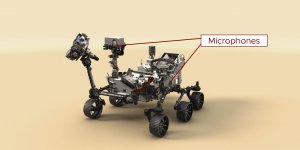
A new study based on recordings made by the rover finds that the speed of (...) »

One of humanity's earliest inventions could be the key to safe interstellar travel. »
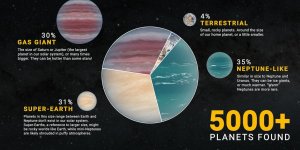
The count of confirmed exoplanets just ticked past the 5,000 mark, representing a 30-year journey of discovery led by NASA space telescopes. »

Newly discovered 2020 XL5 dwarfs other known Earth Trojan asteroid. »
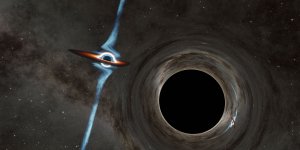
A supermassive black hole 9 billion light-years away appears to have a companion black hole (...) »

Object is located in rare low-mass stripped nucleus. »

Massachusetts Institute of Technology astronomers have obtained (...) »

Astronomers use adaptive optics system that reduces distortion. »

Rare phenomenon left long streams of debris in its wake. »

Scientists analyze images from Juno satellite to study enormous polar cyclones. »

Scientists have shown how the freezing of a ‘slushy’ ocean of magma may be responsible for the composition of the Moon’s crust. »

A team of astronomers have found evidence of another planet orbiting Proxima Centauri (...) »

Researchers examining archives find more than 70 Jupiter-sized orphan planets. »
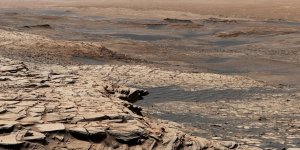
After analyzing powdered rock samples collected from the surface of Mars by (...) »
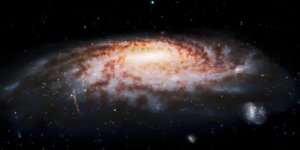
Astronomers find remains of a cluster of ancient stars at Milky Way's edge. »
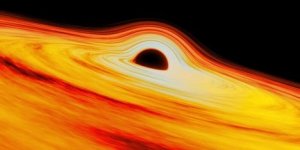
Study finds mass at the center of the Milky Way is 99.9% from Sagittarius A*. »

Planetoid is almost 146 light-years away from Earth. »

A team of scientists wants Pluto classified as a planet again — along with dozens of similar bodies in the solar system and any found around distant stars. »

Rogue planets are elusive cosmic objects that have masses comparable to those of the planets in our (...) »

Scientists with NASA’s Perseverance Mars rover mission have discovered that the bedrock their six-wheeled explorer has been (...) »
Using observations from NASA’s ICON mission, scientists presented the first direct measurements (...) »

Using the European Southern Observatory’s Very Large Telescope (ESO’s VLT), astronomers have discovered a small black hole outside the Milky Way by looking at how it influences the motion of a star in its close vicinity. »

Supercomputer-powered 3D imaging of roots helps develop climate change-adapted plants. »

A radiation sensor aboard the spacecraft is providing new data on the health risks humans would face on the surface. »

Researchers from the University of Arizona say a near-Earth asteroid, named Kamo`oalewa, (...) »

Recently found planetary system could yield clues about the fate of our solar system. »

A new discovery is shedding light on how fluorine — an element found in our bones and teeth as fluoride — is forged in the Universe. »

Exoplanet's atmospheric temperature and winds much higher than prior estimations. »

Astronomers have spotted tantalizing signs of a planet in a star system outside the Milky Way, which, if it's confirmed, would be the first ever found in another galaxy. »

Researchers at Washington University in St. Louis have formed a hypothesis about the absence of liquid water on the surface of Mars. The team's findings suggest that Mars doesn't have enough mass to retain large amounts of water. »

Space experts have detected unusual radio waves coming from the center of the Milky Way galaxy. »

The gigantic impact that created the moon was actually a one-two punch, a new study suggests. »

Supernovas create interstellar emissions that seed future stars. »

Plenty of data from Mars suggests the nearby red world was once much more watery, like Earth. »

Asteroid could be a remnant of an ill-fated protoplanet. »